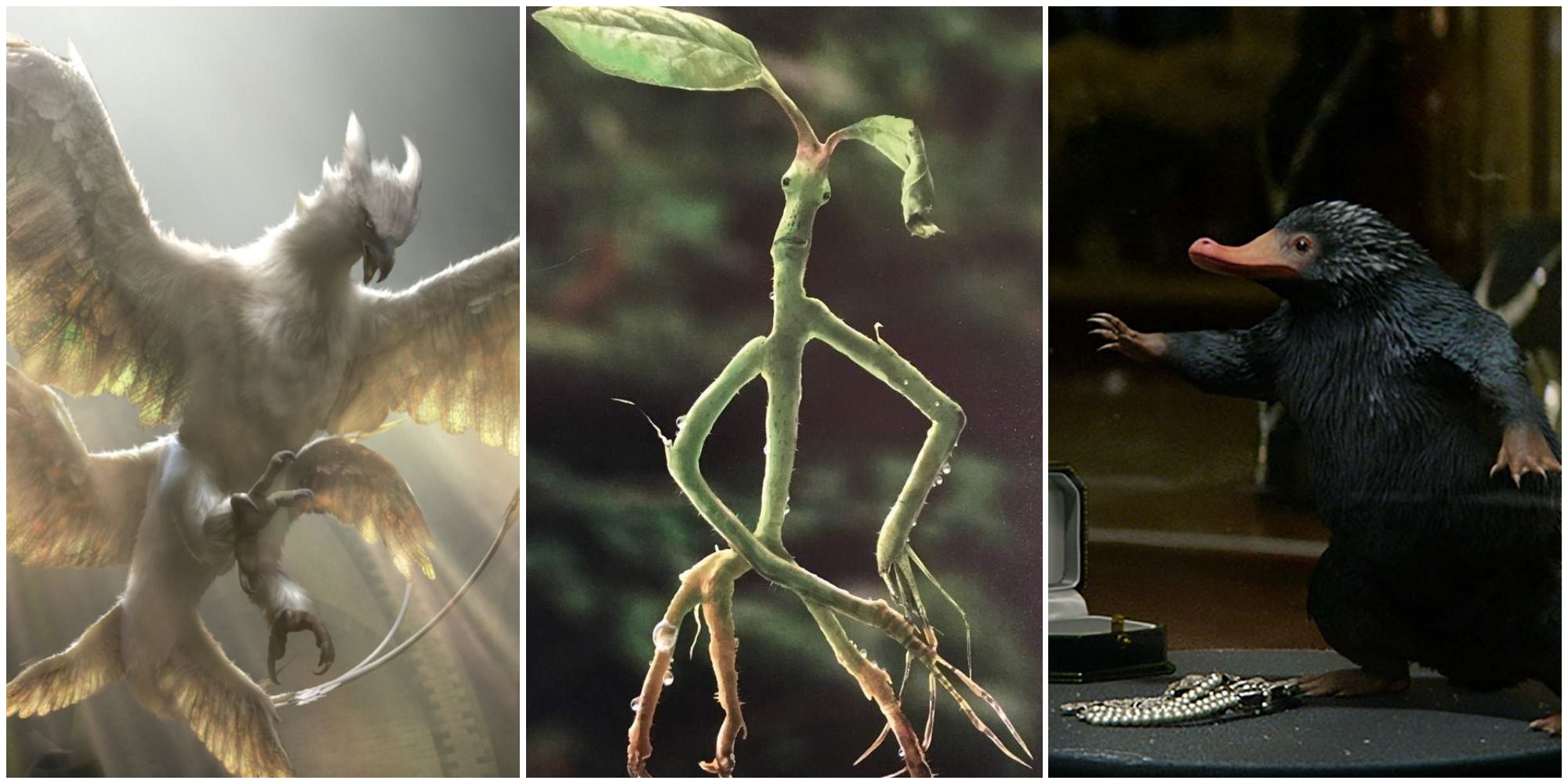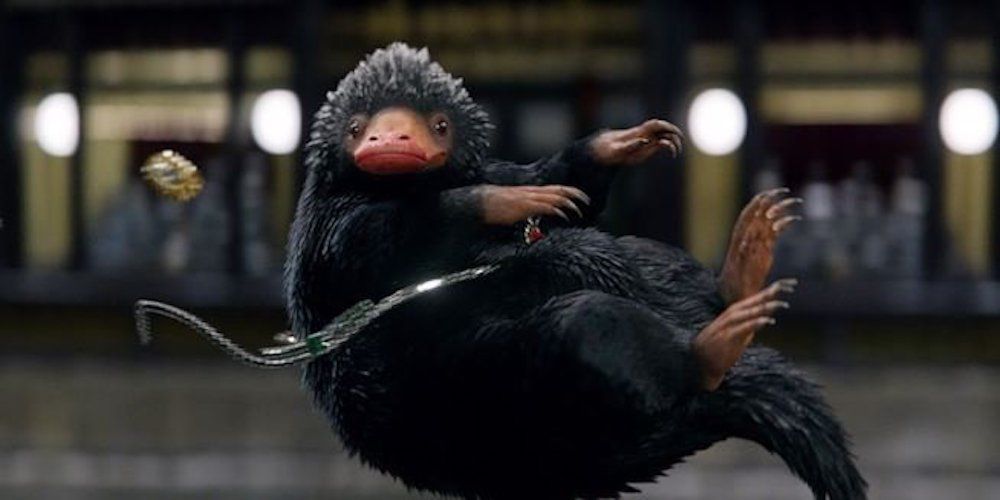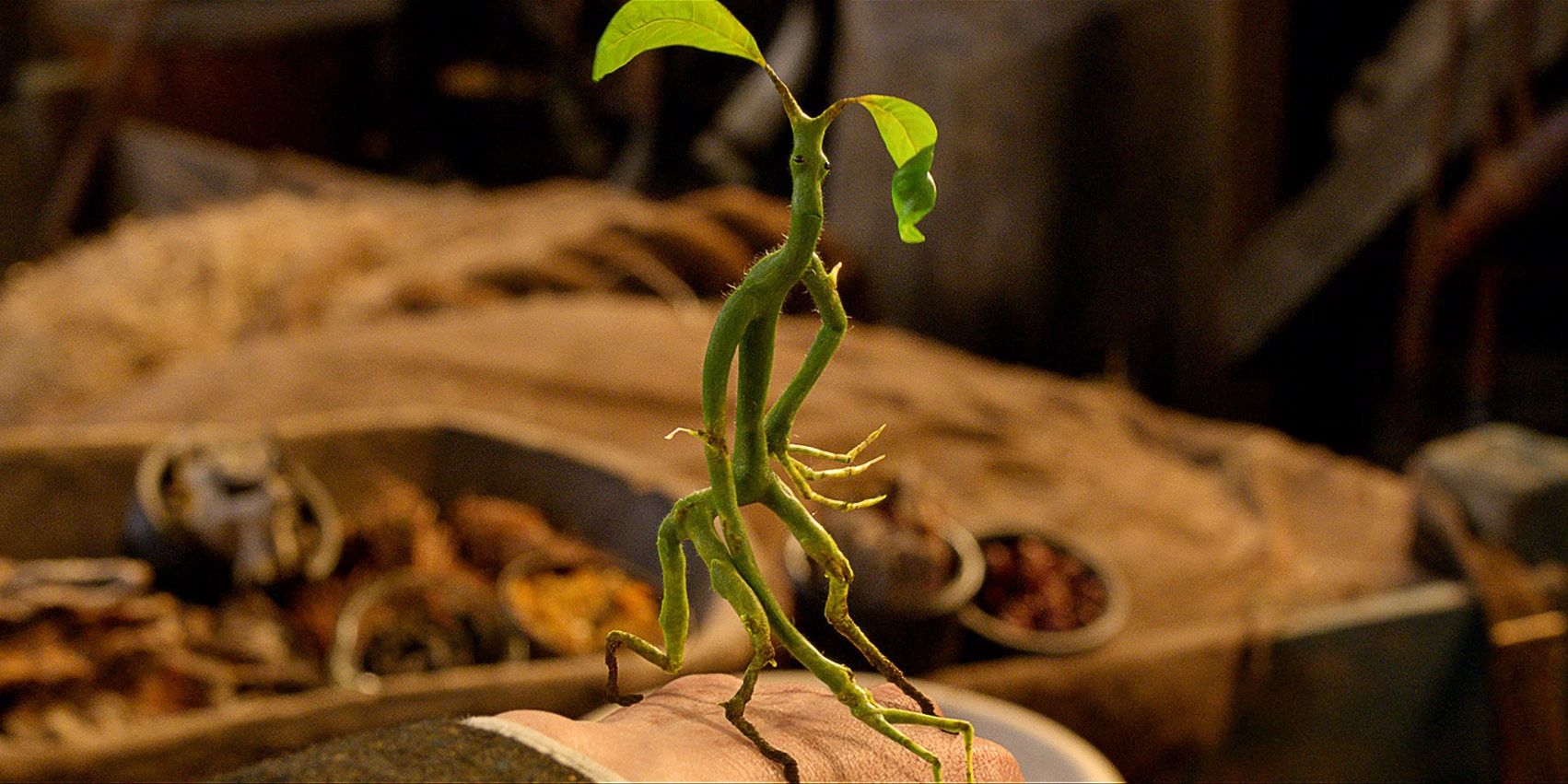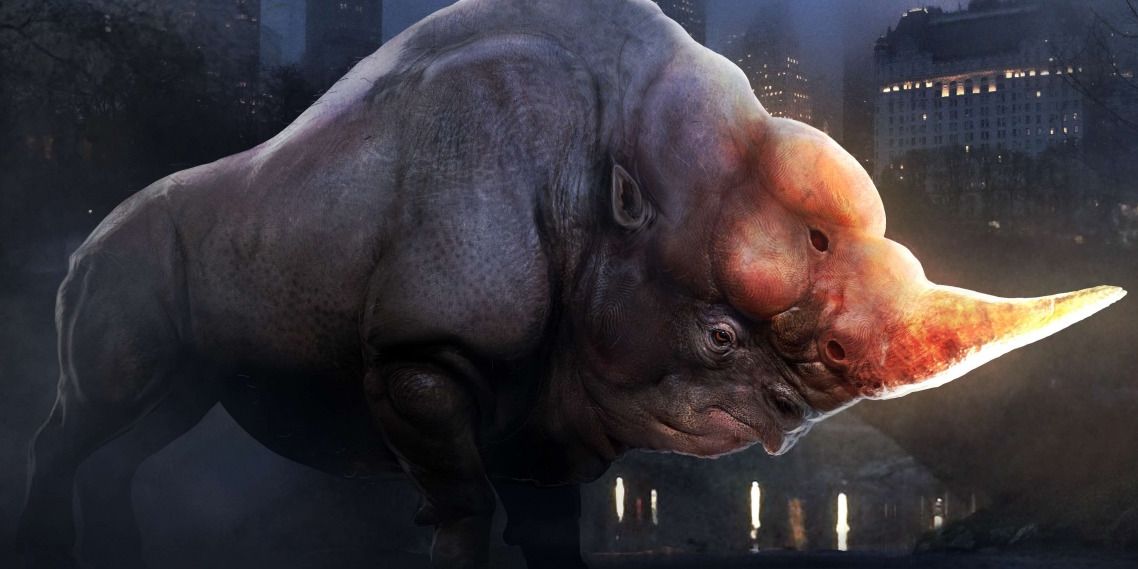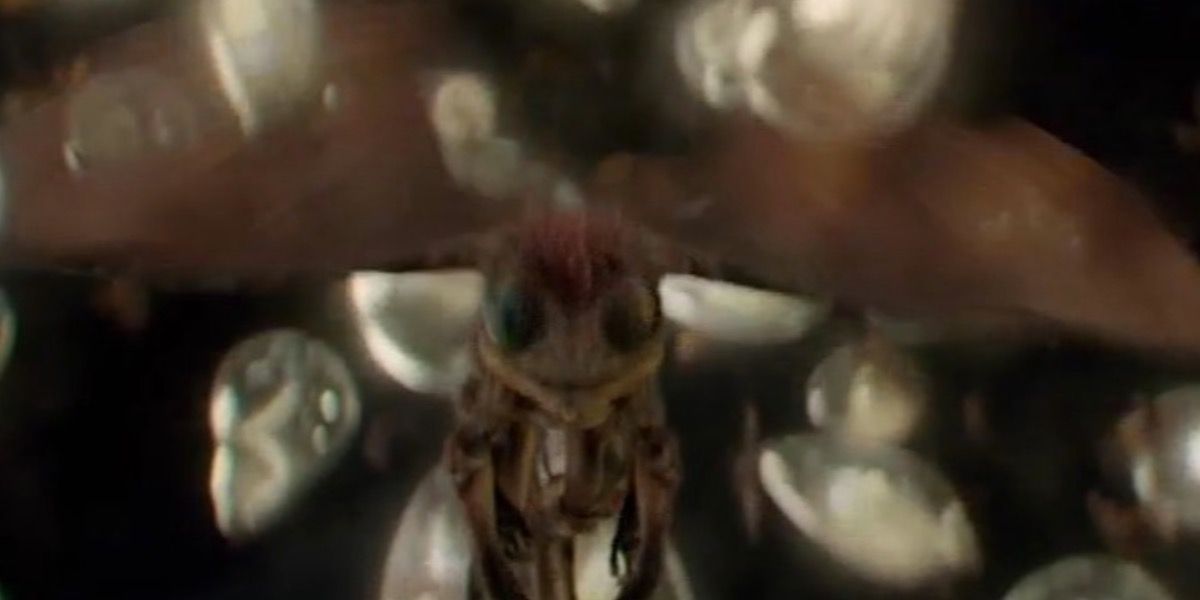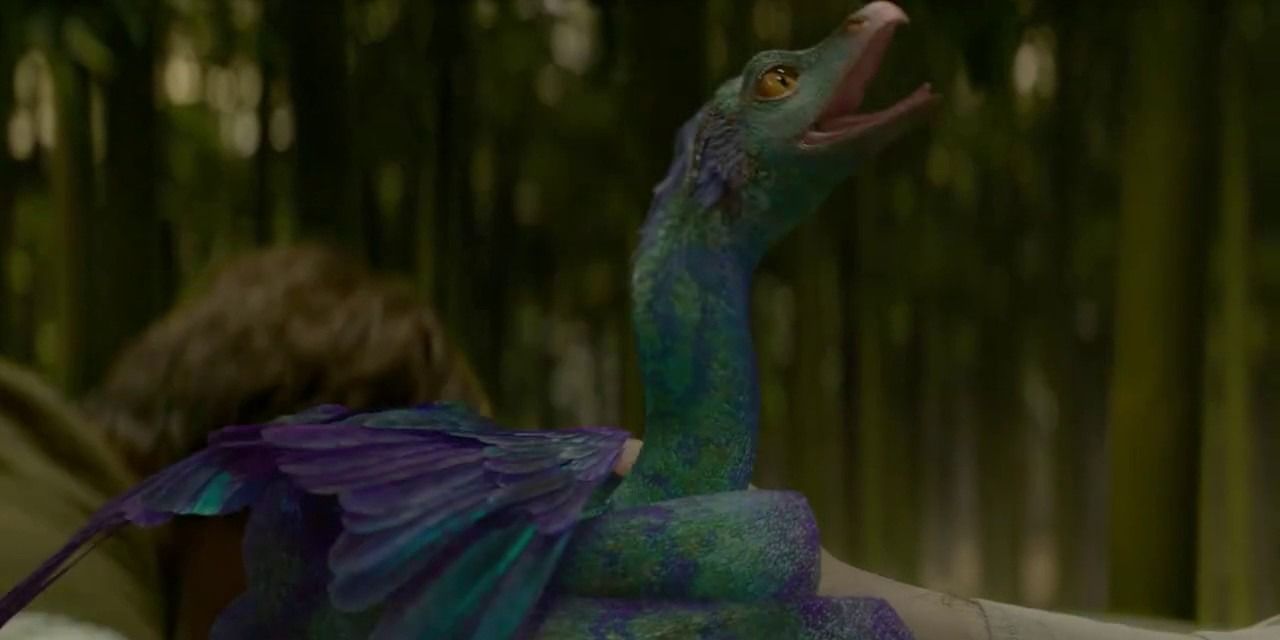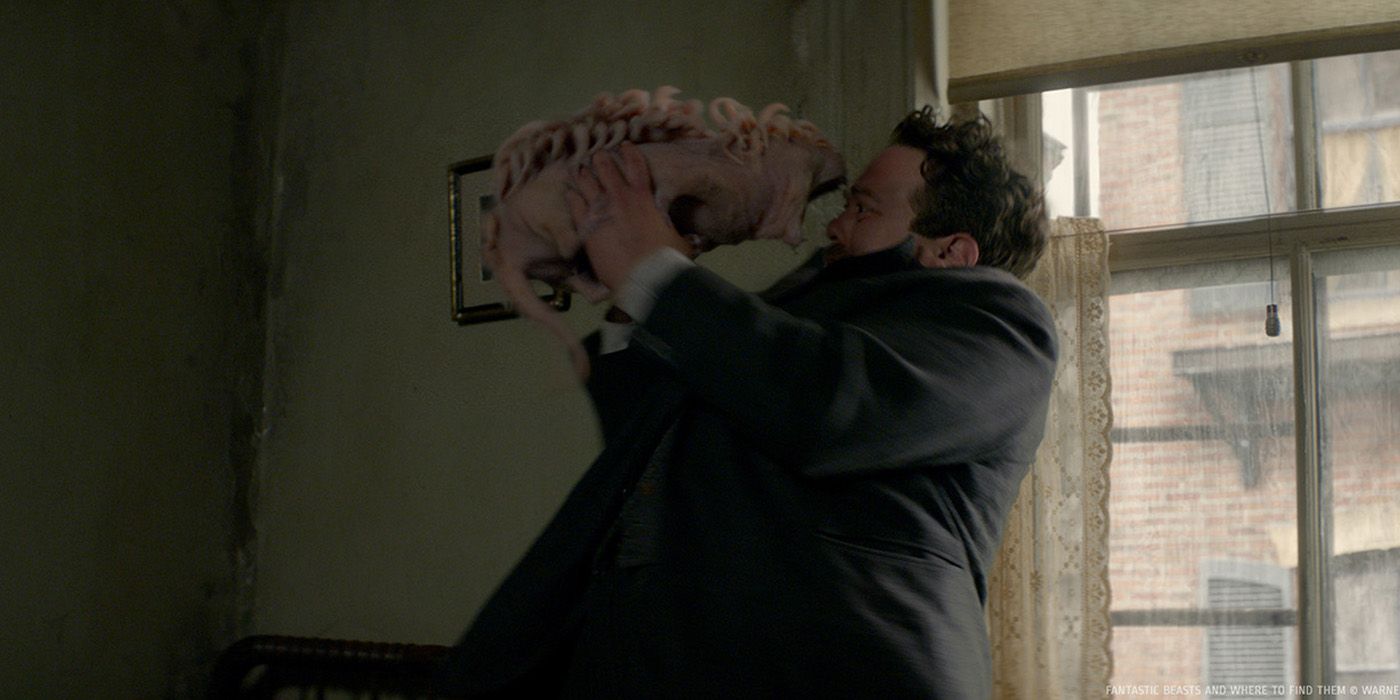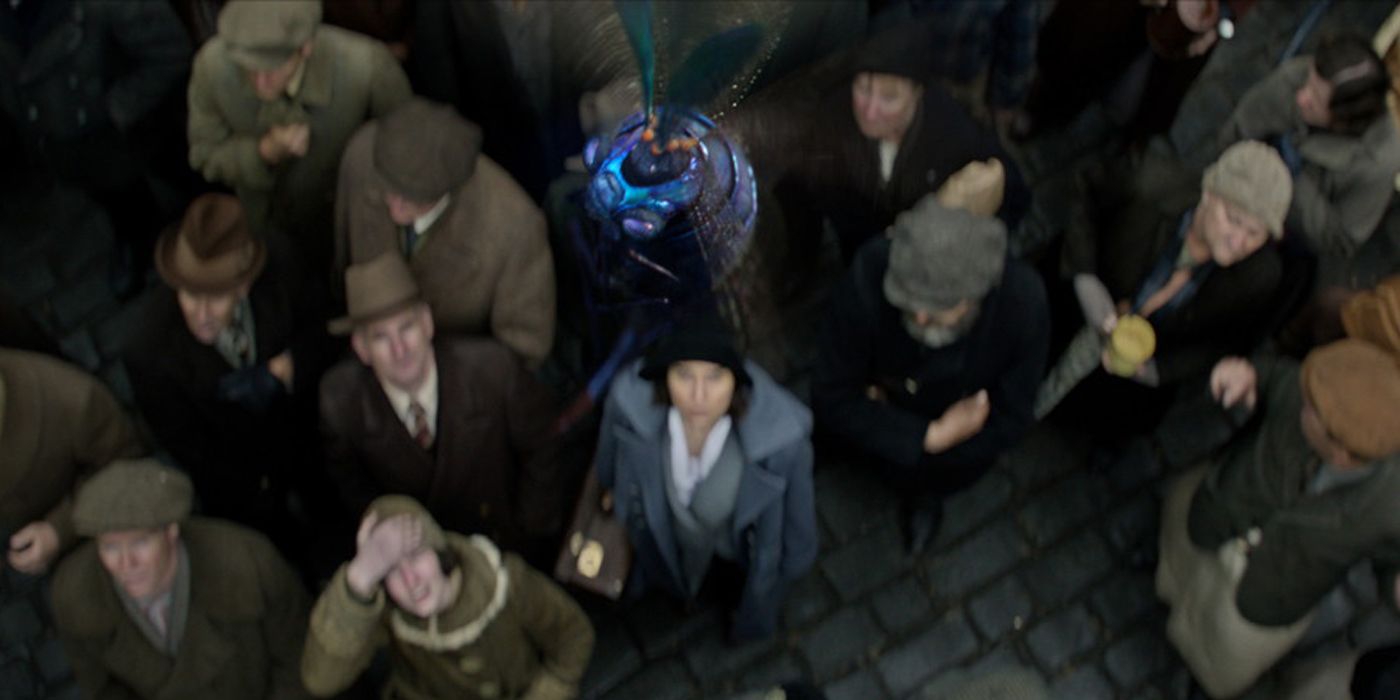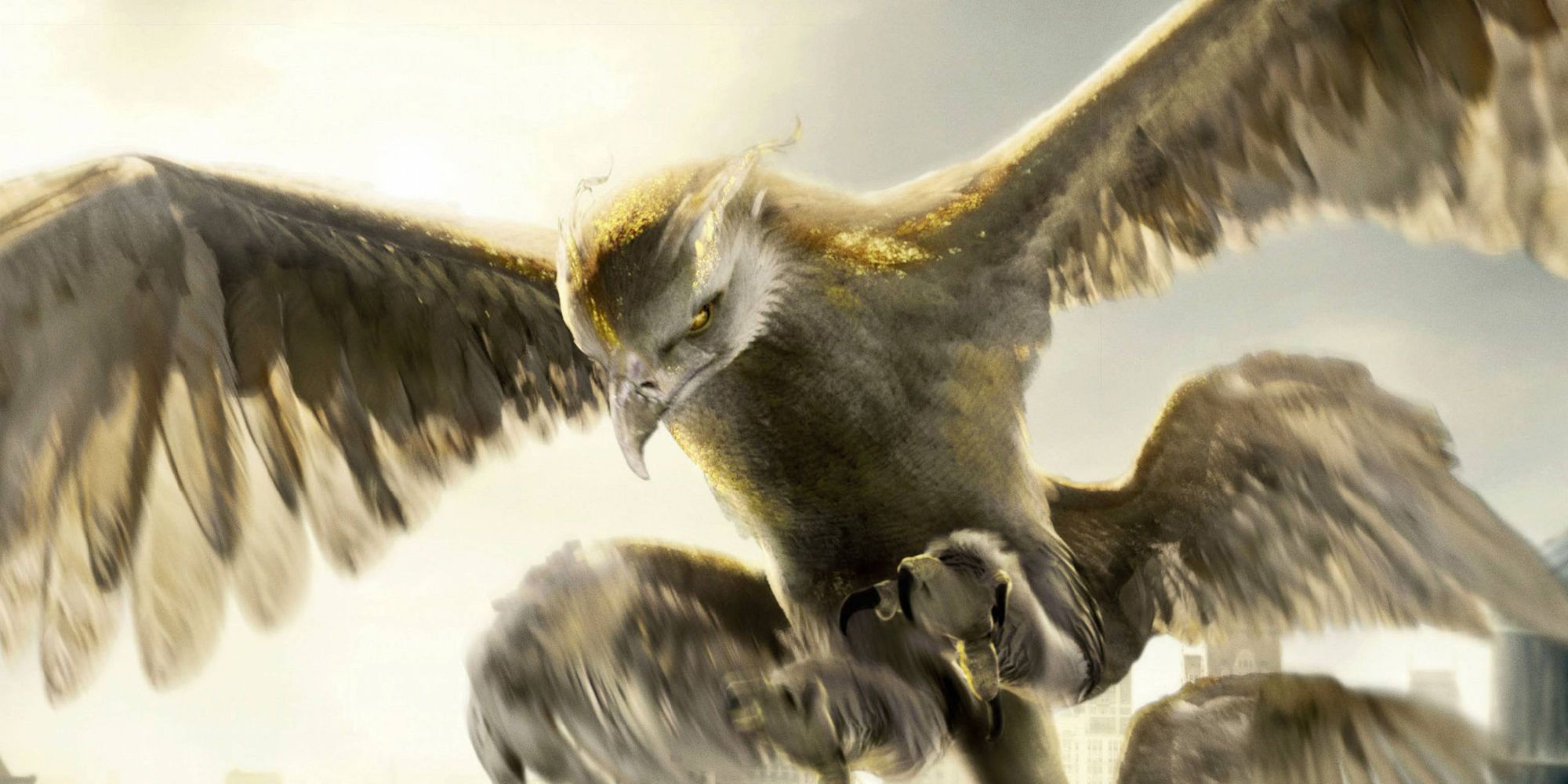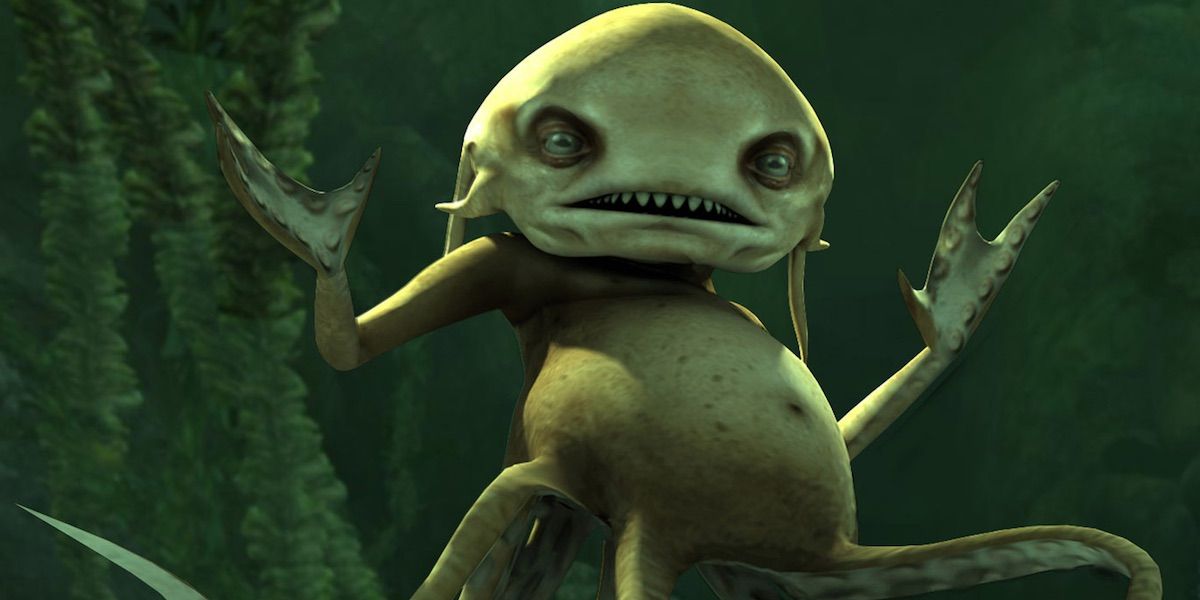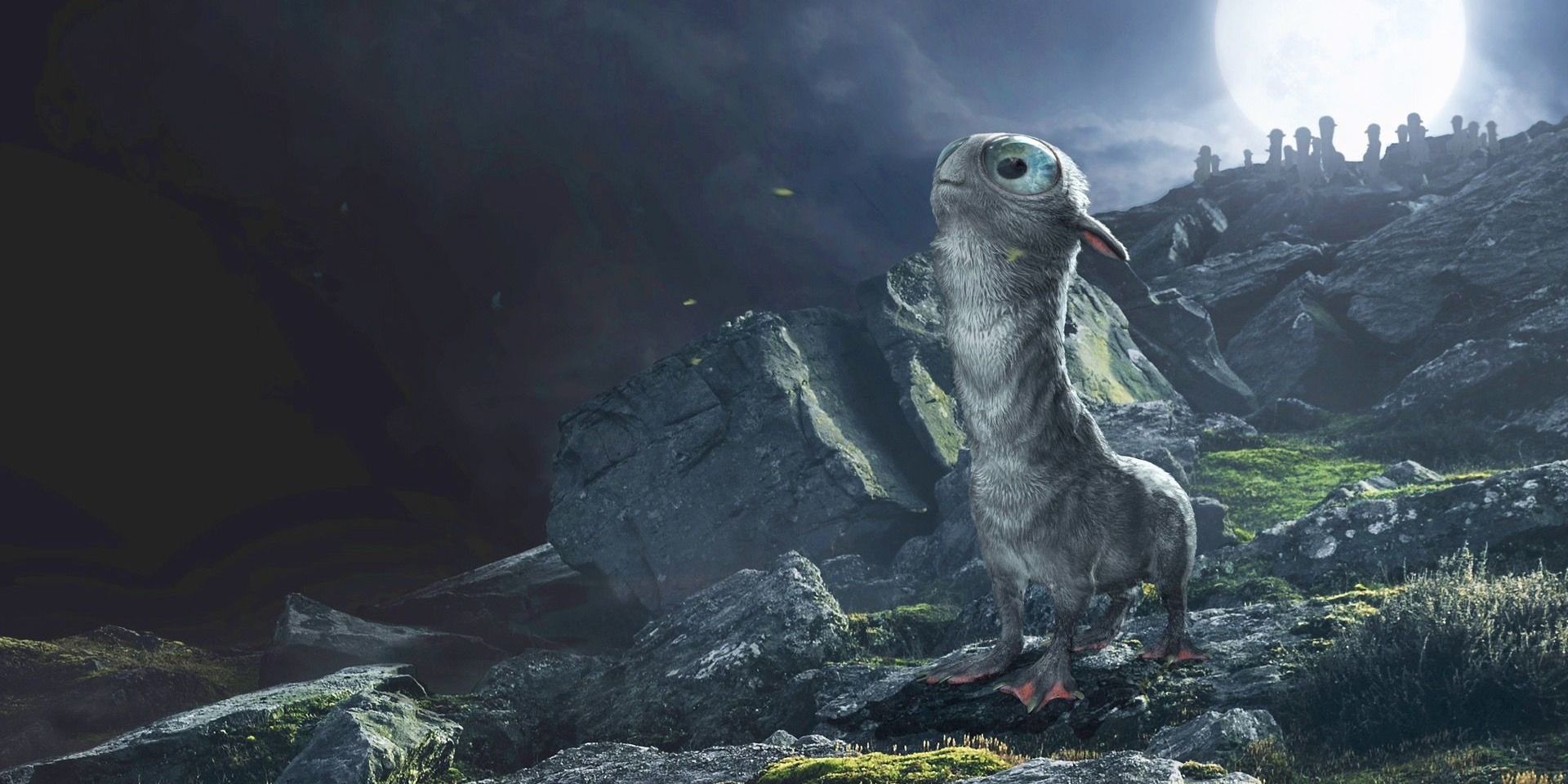The famous Magizoology textbook written by Newt Scamander, Fantastic Beasts and Where to Find Them, has been a part of the Hogwarts syllabus for decades. In Dumbledore's words, "No wizarding household is complete without a copy... to rid the lawn of Horklumps, interpret the mournful cries of the Augurey, or cure their pet Puffskein of drinking out of the toilet."
The movies incorporate a number of the magical creatures mentioned in the book (although not all of them), and their descriptions, diets, and habits follow the text with incredible accuracy. However, there are a few facts about these animals that are not known to those whose knowledge of Harry Potter has been confined only to the cinematic versions.
Ron Weasley Wins The Niffler Challenge
Nifflers adore anything shiny, irrespective of the object's value, which makes them complicated pets, to say the least. In Harry's fourth year at Hogwarts, Hagrid introduces these creatures, handing one to each pupil, and offers them a challenge.
He announces that the one who locates the highest amount of Leprechaun gold (a temporary form of the real thing) would win a Honeydukes candy bar. Ron's Niffler happens to win this one, much to the annoyance of the Slytherins.
Bowtruckles Eat Woodlice And Fairy Eggs
Bowtruckles, the adorable twig-like beings, are quite territorial when in danger, but for the most part are playful and friendly. The fifth year Care of Magical Creatures professor, Wilhemina Grubbly-Plank, explains that Bowtruckles enjoy fairy eggs and woodlice as a treat.
She goes on to state that this is why these items are best used in order to redirect their attention elsewhere. Of course, it's Hermione who actually answers this correctly when the teacher poses it as a question to her class.
Erumpent Vs. Crumple-Horned Snorkack
The enormous rhino-like creature that takes Newt Scamander on a trip across Central Park, NYC, is the famous Erumpent. It can be extremely threatening if aggravated, its horn being the most intimidating feature of its body.
Xenophilius Lovegood, Luna's dad, obtains a horn from this magical beast, but claims that it originally was from a Crumple-Horned Snorkack (a fictional animal that only he and his daughter believed in.) Hermione tries to tell him that it could explode at any moment, and it actually does when a Stupefy curse accidentally strikes it.
Weasley's Skiving Snackboxes And Doxy Venom
Doxies are tiny moth-like insects (?) that vaguely resemble fairies, and for their aggressive nature, are known as "Biting Fairies." They produce a venom that could be fatal without immediate medical treatment, which the Weasley twins decide would be an excellent addition to their iconic Skiving Snackboxes.
This item of theirs consist of a number of multicolored tablets that could initiate a bout of sickness whenever necessary, and it seems that Doxy venom is what makes it work.
Occamy Egg Yolk Shampoo
The Occamy, a snake-like bird, lays eggs whose shells are composed of unadulterated silver, making them rather attractive to poachers. Gilderoy Lockhart, long before his professorial stint at Hogwarts and consequent hospitalization, had wanted to develop a shampoo derived from the yolk of Occamy eggs.
Of course, since these creatures would never let anyone come anywhere near their nest, this pipe dream never materialized. Besides, it cannot be confirmed if such a product would even work.
The Healing Power Of Murtlap Essence
Murtlap tentacles can be pickled in an unknown fluid for a certain duration of time, following which the solid items would be removed to obtain the essence. This substance is a well-known curative and analgesic, meaning that it reduces the levels of pain arising due to most kinds of surface injuries.
Hermione, as usual, figures out that Murtlap essence would be an excellent salve to treat Harry when Umbridge's detention causes noticeable lacerations on his right hand.
Billywigs And Fizzing Whizzbees
The Billywig is an iridescent blue Australian insect, whose sting apparently results in minor vertigo, after which the victim would begin floating in the air. Aside from being employed in a number of magical potions, the Billywig stinger is allegedly used to produce Fizzing Whizzbees, which are one of the most famous confections in the magical world.
In fact, Harry finds the idea that his beloved candy could be made from such a strange source a bit off putting, and decides that he wouldn't consume Fizzing Whizzbees from that point onwards.
Thunderbirds In Wandmaking
The Thunderbird is a magnificent being, an aquiline animal whose powers included weather alteration on a massive scale. It literally generates torrential rains and hurricanes with a simple wing movement, making it quite awe-inspiring to behold.
The tailfeather of the Thunderbird is said to make an incredibly versatile wand core, specifically for those who preferred the art of transfiguration. Interestingly, it is said that they can activate without any action taken by the owners if there is a threat lurking in its vicinity.
Grindylows Eat Humans
The Grindylow first appears in Professor Lupin's Defence Against the Dark Arts class, and later makes an entry when Harry has to rescue Ron for his second Triwizard Tournament task. Merpeople occasionally domesticate these beasts, but they are largely wild and quite violent while hunting for prey.
Grindylows, being water-dwelling, prefer a diet of fish and other aquatic organisms, but there is a small chance that they would consume people as well (probably a stray swimmer who wades too far from shore).
The Mooncalf Crop Circles
The adorable Mooncalves are gentle herbivorous creatures that tend to be timid in nature, only emerging when the moon is full. Interestingly, they have a habit of "dancing" in elaborate patterns, potentially serving as some kind of mating procedure.
However, their languid motions span a vast area, and produce complex designs when observed from an aerial viewpoint. These are actually the famous crop circles that have eluded human understanding for a long time now.

